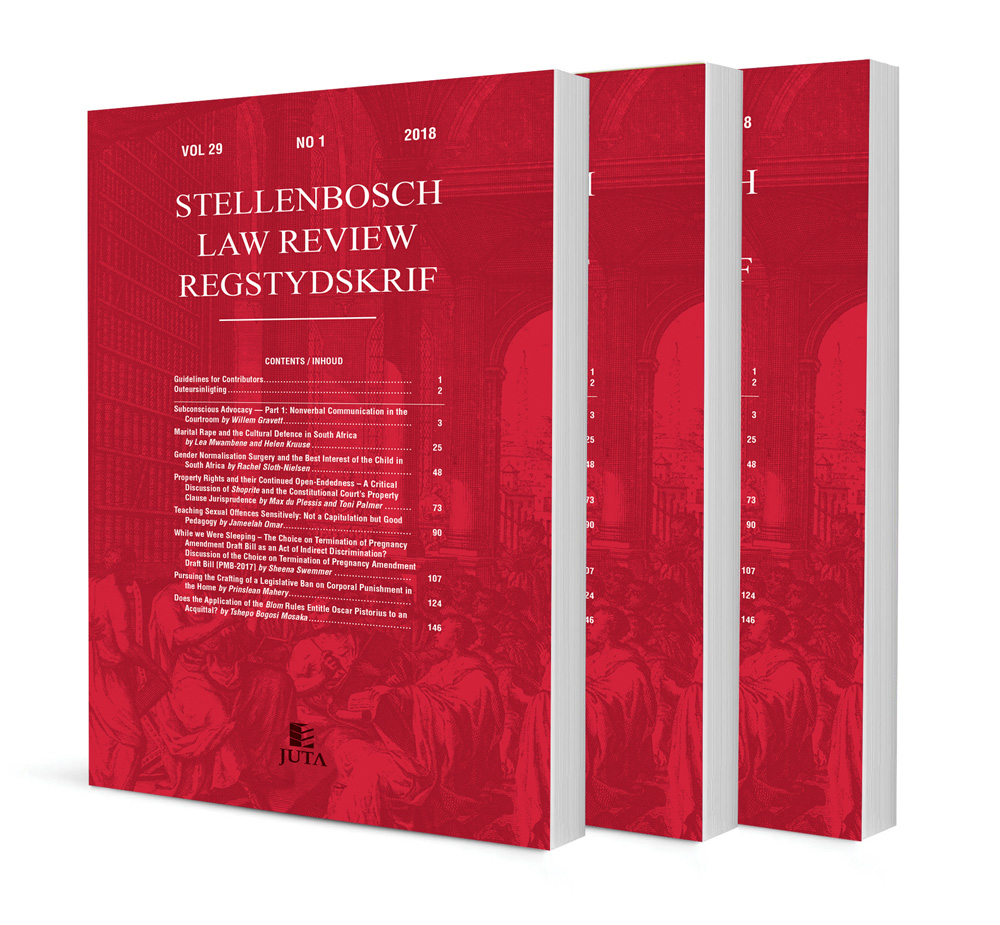Same difference [Discussion of Clicks Retailers (Pty) Ltd v Commissioner for the South African Revenue Service 2021 4 SA 390 (CC)]

Same difference [Discussion of Clicks Retailers (Pty) Ltd v Commissioner for the South African Revenue Service 2021 4 SA 390 (CC)]
Authors: Sumarie Swanepoel and Teresa Pidduck
ISSN: 1996-2193
Affiliations: BCom, BCom Honours, M Com, Senior Lecturer, Faculty of Economic and Management Sciences, University of Pretoria; BBusCom, BCom Honours, M Com, PhD, Associate Professor, Faculty of Economic and Management Sciences, University of Pretoria
Source: Stellenbosch Law Review, Volume 34 Issue 1, 2023, p. 232 – 246
https://doi.org/10.47348/SLR/2023/i1a12
Abstract
This case note comments and analyses the facts and judgment in Clicks Retailers (Pty) Ltd v CSARS 2021 4 SA 390 (CC) (“Clicks”) and links it to the judgment in Big G Restaurants (Pty) Ltd v CSARS 2020 6 SA 1 (CC) (“Big G”), revealing that both judgments are an indictment of the inability of South African tax legislature to adapt to dynamic business needs adequately and expeditiously; more specifically, with regard to the operation of customer loyalty programmes. The analysis unearths a disjointedness between the legislature’s intention and the wording of section 24C of the Income Tax Act 58 of 1962. An argument is made that it is not constructive for the Commissioner to advance the cause of the fiscus by relying on a strict interpretation of the applicable legislation that relies on a “splitting of hairs”. While the analysis reveals that by denying the section 24C allowance, the judgment in Clicks may have severe consequences for some providers of customer loyalty programmes, the judgment may not apply to all such programmes. Thus, the judgments in Clicks and Big G indicate that it is time that the intention of the legislature be made more explicit to prevent inconsistencies in judicial interpretation. Further, it may be time for the amendment of legislation to prevent a narrow interpretation to the detriment of taxpayers.